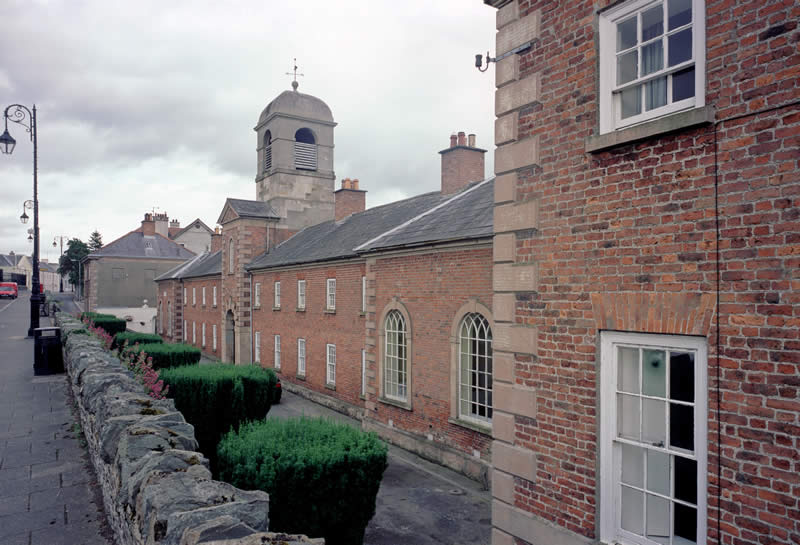Georgian Architecture: the Age of Elegance and Experiment

James Stevens Curl
The Georgian period (1714-1830) is often associated with simple façades of domestic buildings punctured with rectangular openings containing sash-windows and having handsome entrances with fanlights, but it was in fact a time of considerable stylistic variety including Palladianism, Gothick, Chinoiserie, the Exotic, the Primitive, and the Rustic. The Georgian Age was also that of the Industrial and Agrarian Revolutions, so is associated with new building-types and methods of construction, including the use of iron. The wide stylistic palette available to the Georgians was indicative of open-mindedness and freedom of expression, while Gothick had many meanings and associations, not least those concerned with nationhood, liberty, and ancient British virtues.
This lecture demonstrates the astonishing range of styles employed in Georgian architecture.

 LinkedIn
LinkedIn  Wikipedia
Wikipedia